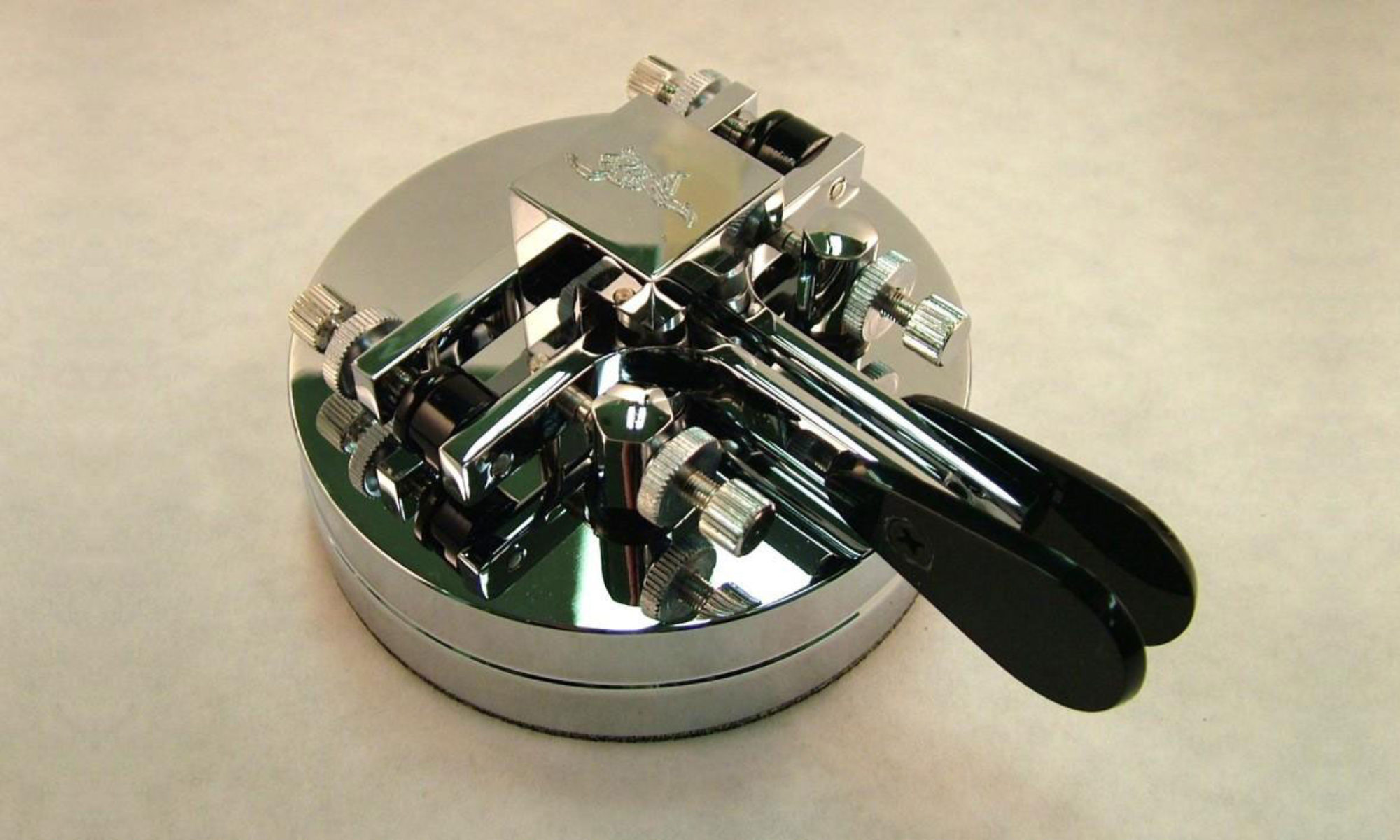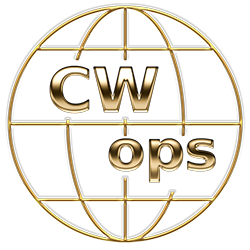
I was first certified as an amateur in February 1983 after taking a course with Mitch Powell, VE3OT, when a basic licence required 10 W.P.M. morse code and received my current call. My first HF contact, made with a 2m mag-mount antenna up about 10’ on an eavestrough using a very compliant home-brew tuner, was with HB9CCL on 15m. I was hooked. It was nice back then that the Novice licence required 5WPM code as it made it easy for me to find easy contacts to get started. The basic had no phone privileges on HF and there was a 1-year waiting period to get the advanced licence, which also required showing my logbook to an inspector to confirm I’d been operating on HF. After 8 months or so I applied for and received the 10-metre endorsement allowing phone operation on 10 metres. A couple of months after that I passed the Amateur Digital Operator exam, mainly to get the advanced theory test out of the way as it didn’t provide much in the way of additional privileges. After 1 year I passed the 15 W.P.M. code test and regs test to get an advanced licence which provides all amateur privileges in Canada. Canadian regulations no longer require code to get full amateur privileges.
After making 394 HF contacts in the eighties, I moved to Toronto and left the hobby except for a bit of VHF/UHF FM until 25 years later when I joined the York Region Amateur Radio Club (I’m currently president) and got back to HF by building a SoftRock RXTX Ensemble. That was fun for 100 QSOs or so but then I acquired an Elecraft K3, KPA500, KAT500 and IC-7100. When I retired in mid 2021 and finally got a tower up. I’d bought an unused but second hand SteppIR DB18E several years earlier which was quite the thing to put up but now it is at 43′. I have a 7-el 2m beam and a 4-el 6m beam above it but they’re a bit close together on the mast and looking to make some improvements in 2023. I wrote an article about the tower project which appeared in “The Canadian Amateur” (March 2022), which is the official publication of Radio Amateurs of Canada.
My operating activities are mostly CW and digital modes, lately tending more towards CW, although I get behind the microphone from time to time. I like to rag chew on CW and do a bit of casual contesting, including the K1USN SST, ICWC MST and CWops CWT. I chase DX on both CW and digital and have 5BWAS and WAS triple-play, VUCC 6m, DXCC on phone, CW and digital.
I live in Aurora, Ontario, a little North of Toronto in the Region of York. We have an active club with around 100 members of which I’ve been president for several years. I’m also a member of Radio Amateurs of Canada, the ARRL, FISTS, Long Island CW Club, SKCC, Contest Club of Ontario, RRI, the Ontario VHF Society, and the Feld Hell Club (the other CW mode). My other hobby is SCUBA diving. I’m a closed-circuit rebreather SCUBA Instructor but I dive more than I teach, and committee member and past board chair of the Brain Tumour Foundation of Canada. I haven’t flown an airplane in about 30 years, but when I did, I had a commercial pilot’s licence and a multi-engine instrument rating. In the eighties we used to fly to Hamvention every year. I can still visualize the time I landed in the rain at Dayton airport amid wind shear warnings and rapid-fire instructions from ATC.
CWops has been pivotal in improving my CW skills. I’ve taken the advanced course twice, first with Joe KK5NA and then with Hans YL3JD. I hope to pay it forward by helping others achieve their CW goals – especially the members of my local club who have told me they are interested in learning.
This biography is what appeared in Solid Copy when the member joined CWops.
